If diplomacy were about neat checklists, the recently unveiled 20-point Gaza Ceasefire Plan would seem like an answer to every humanitarian prayer. It speaks of peace, reconstruction, demilitarisation, hostage return, and even a potential pathway to Palestinian statehood. On paper, it promises a clean reset to the blood-soaked landscape of Gaza. Yet, as with most West Asian blueprints that promise peace, it is the realities beneath the paper that cast the longest shadow.
At first glance, the plan appears comprehensive and even compassionate. It places humanitarian relief alongside political reform and economic recovery—the three pillars that any durable peace must rest upon. It is presented as a “total package” that could end the war, demilitarise Gaza, and pave the way for self-governance under a technocratic Palestinian administration, overseen by a so-called Board of Peace. For Gaza’s people—exhausted, starving, displaced—there is little left to lose. For them, even a flawed peace may look preferable to the current devastation.
But therein lies the first weakness of the plan. It is designed to be accepted from a position of desperation, not negotiation. With Gaza’s civil and physical infrastructure in ruins and Hamas’s command structure shattered, the plan assumes that capitulation equals peace. It is not a negotiated outcome; it is an imposed one. And history reminds us that peace built on humiliation rarely endures.
The Missing Stakeholder: Hamas and the Mirage of its Demise
The plan’s architects—Washington, Jerusalem, and a small coterie of Arab supporters—appear to believe that Hamas can be written out of the script. The organisation, they argue, has forfeited its right to political existence through terror and rejectionism. Yet, Hamas is not merely a militia; it is also a deeply rooted political and social organism. It has run Gaza for nearly two decades and built a governance that neither Fatah nor the Palestinian Authority could match.
Impact Shorts
More ShortsTo assume it will simply “walk away into the twilight” is to misread both the psychology of resistance movements and the sociology of Gaza itself. This commentary in no way supports Hamas’ tactics of coercion and terror but comprehends the reality of such situations.
After losing so much—leaders, infrastructure, prestige—Hamas may well treat this ceasefire as a tactical pause. But such pauses are the breathing spaces of insurgency and terror. It could regroup, rebuild underground, and return faster than the twilight can fade. Unless the plan provides a legitimate political role for those now on the ground, it risks producing not peace, but a lull before the next storm.
Trust, Credibility, and the ‘Business of Peace’
The other great paradox is that the plan’s credibility rests on the shoulders of those least trusted in the region. For President Trump, whose views of multilateralism and international institutions are transactional at best, this plan reads like a business proposal—a deal to be executed, funded, and claimed as a personal triumph. The language of “redevelopment” and “investment” is heavy with the vocabulary of profit. There is little acknowledgement of the emotional, historical, or religious dimensions of the conflict.
The question that naturally arises is can peace be brokered by those who see it as an investment portfolio? When the deal’s proposers themselves suffer from a crisis of trust, how do they expect warring parties to trust one another? For many in the region, the plan’s true intent will be read as re-engineering Gaza to suit Israeli security needs, not Palestinian aspirations. And that is the crux of the potential failure of what may look like a very viable plan.
Where Are the Israeli Guarantees?
A deeper structural flaw lies in the absence of Israeli commitments. Israel is to withdraw, yes—but in phases, tied to “security benchmarks” that it will likely define and assess itself. What are the guarantees that Israel will not proactively upset the peace if the process does not move as per its expectations? The plan assumes Israeli compliance, not Israeli restraint. A single rocket from a splinter group or a single security incident could provide justification for re-entry. Without binding guarantees and third-party enforcement, the peace could dissolve as soon as it begins.
The UN Paradox
Perhaps the strangest element in this plan is its sudden dependence on the UN. Donald Trump, who spent much of his presidency disparaging the UN, now appears to place far too much trust in it, assigning it oversight and humanitarian roles. Yet, instead of empowering the UN to shape and monitor the peace process, he proposes a new body—the Board of Peace—a nebulous, non-UN entity chaired by himself and including selected international personalities. Who? Nobody yet knows.
Why reinvent the wheel when tested mechanisms already exist? The UN has managed peacekeeping missions in far more complex environments—UNIFIL in Lebanon and UNDOF in the Golan Heights—with a reasonable degree of success. An UN-mandated force, rather than a politically constituted board, would bring legitimacy, neutrality, and continuity that could outlast political cycles. That may be precisely why it is avoided: because it dilutes unilateral control.
Big Power Stakes and the Risk of Exclusion
For a plan that purports to bring regional peace, it is conspicuously narrow in authorship. It is essentially a US–Israel–Arab compact, with a few Gulf states likely underwriting reconstruction. Where are Russia and China—both of whom have long-term stakes in Middle Eastern stability? Moscow retains leverage through its Syria presence; Beijing through its Belt and Road outreach and its growing clout as an oil customer and investor. Excluding them risks creating yet another parallel power game in the region, with proxy dynamics that could undo whatever progress is made on the ground.
For India too, the stakes are high. With deep strategic ties to Israel, a large diaspora presence in the Gulf, and a growing diplomatic footprint across West Asia, New Delhi cannot afford to be a spectator. Its credibility as a neutral civilisational power and its experience in peacekeeping make it a natural candidate for inclusion—perhaps not as a mediator, but as a guarantor of stability. India’s seat at the “high table” would serve both humanitarian and strategic ends.
Two States or One Mirage?
Does this plan revive or dilute the two-state idea? The answer is not clear—and perhaps deliberately so. The plan speaks vaguely of a “future Palestinian state” once Gaza is stable and demilitarised. Yet by delinking Gaza from the West Bank, it risks institutionalising fragmentation. The more the two geographies are governed separately—one by a technocratic committee, the other by a faltering Authority—the more the dream of a unified Palestinian state recedes. What emerges instead is a kind of micro-protectorate, internationally managed but politically neutered.
The Trump Clock and the Durability Question
Even if this plan were miraculously accepted tomorrow, would it survive beyond the Trump administration? Peace processes in the Middle East take years, often decades. They demand continuity, funding, and political will. A deal so closely identified with one man’s political brand is hostage to the electoral clock. When personalities drive policy, institutions wither—and peace needs institutions far more than it needs showmanship.
In the final analysis, the 20-point Gaza plan may bring a ceasefire, but not necessarily peace. It could buy time, open aid corridors, and halt bloodshed—all worthy goals. But its deeper flaws lie in its exclusionary logic, its weak enforcement mechanisms, and its overreliance on political actors whose credibility is thin.
Gaza may be too exhausted to resist and too broken to negotiate, but Hamas is not dead—only diminished. The world may wish it to fade into the twilight, but twilight is never permanent. Unless the plan integrates Hamas into a monitored political framework, empowers credible international oversight, and restores Palestinian agency, it will remain what too many “peace deals” in this region have been—an ‘armistice dressed as salvation’.
The writer is a member of the National Disaster Management Authority. Views expressed in the above piece are personal and solely those of the author. They do not necessarily reflect Firstpost’s views.


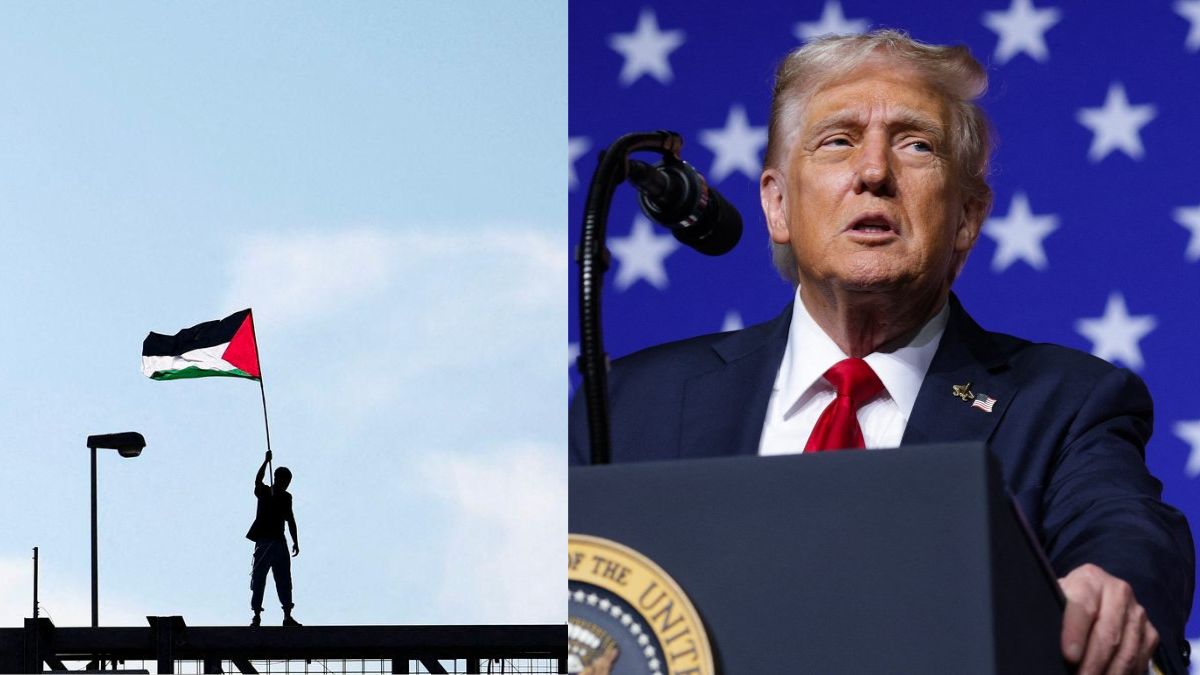)
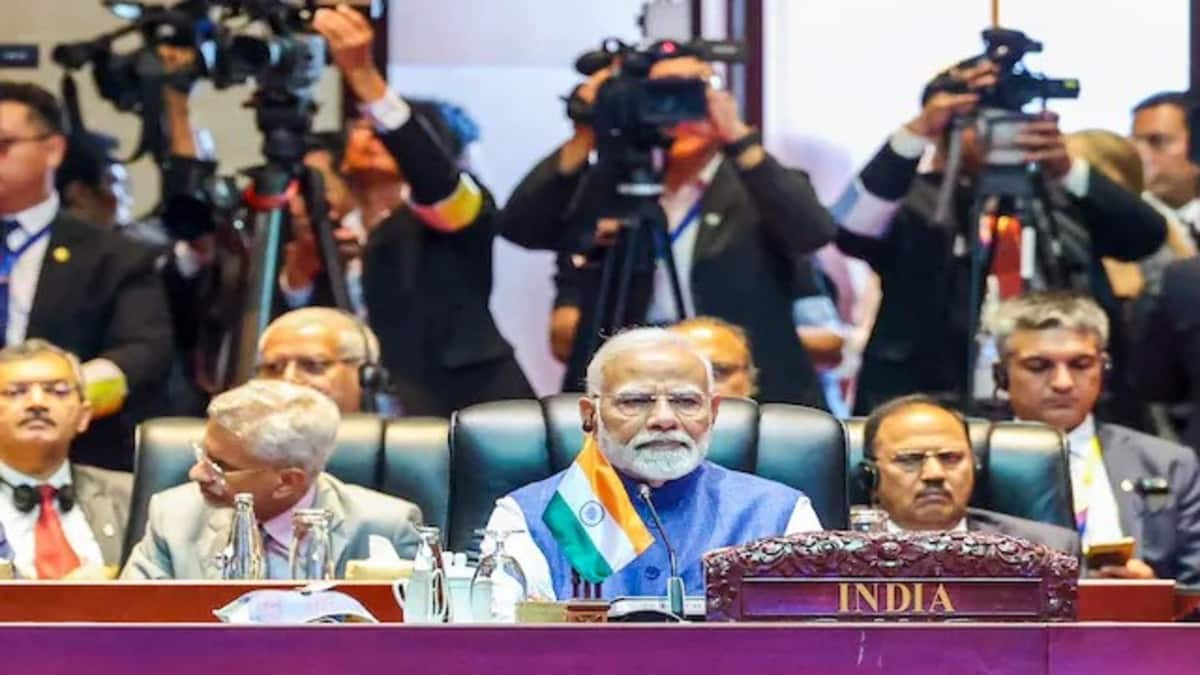
)
)
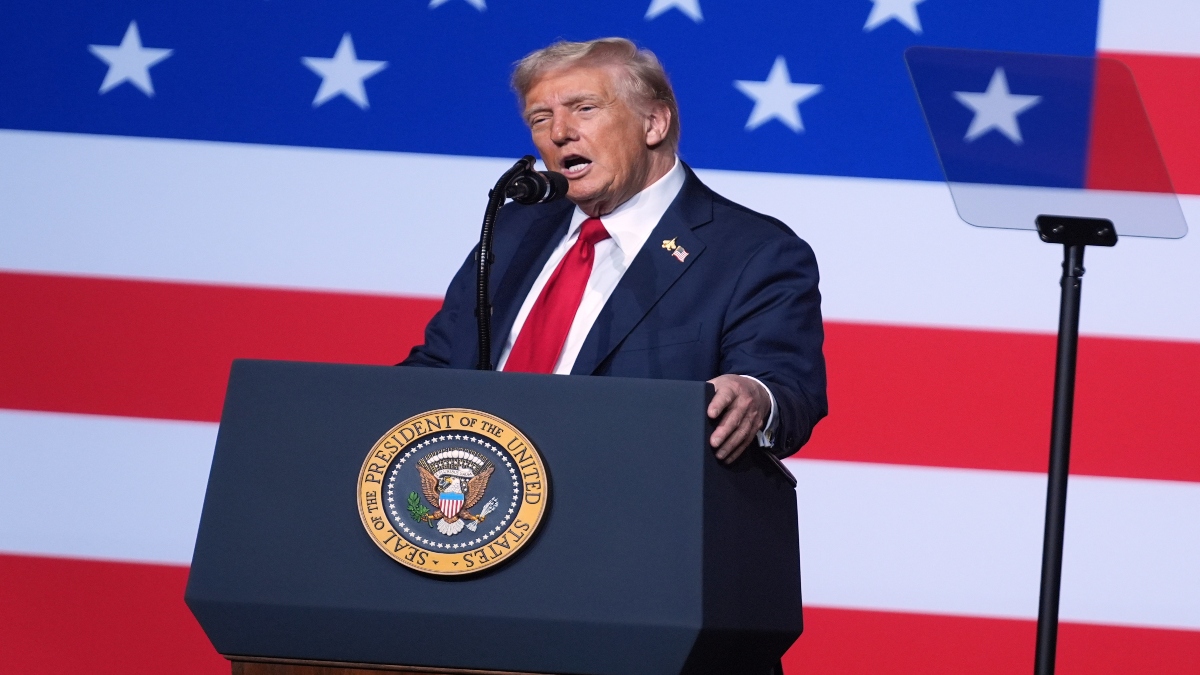)
)
)
)
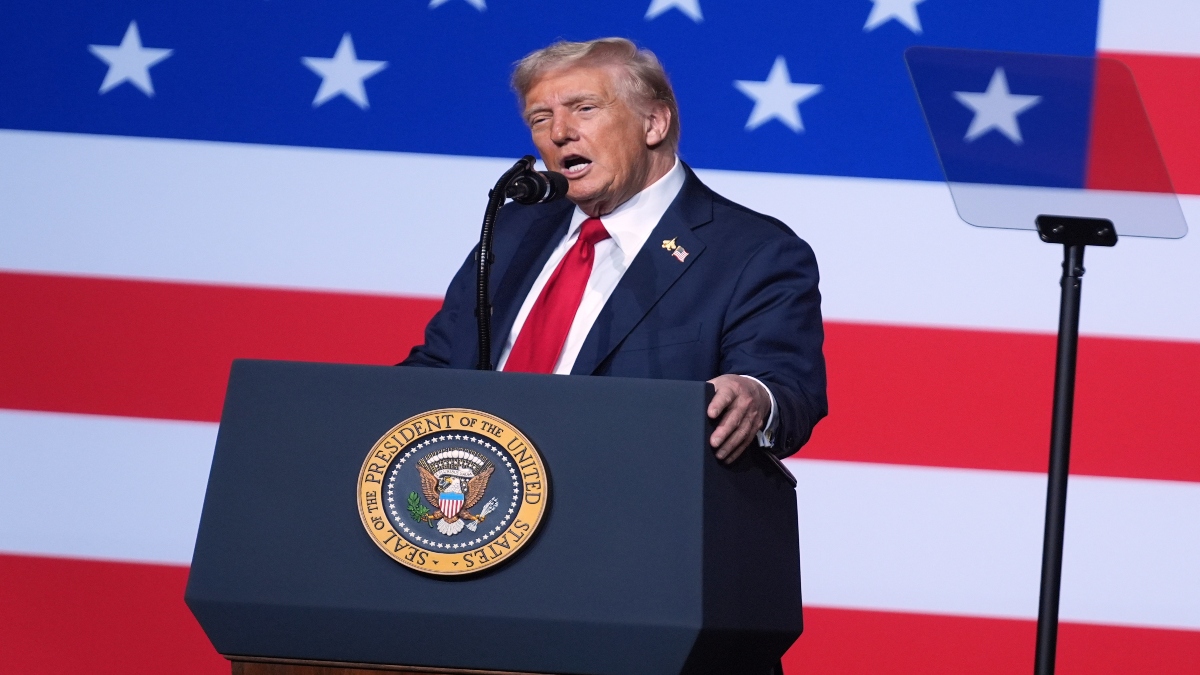)
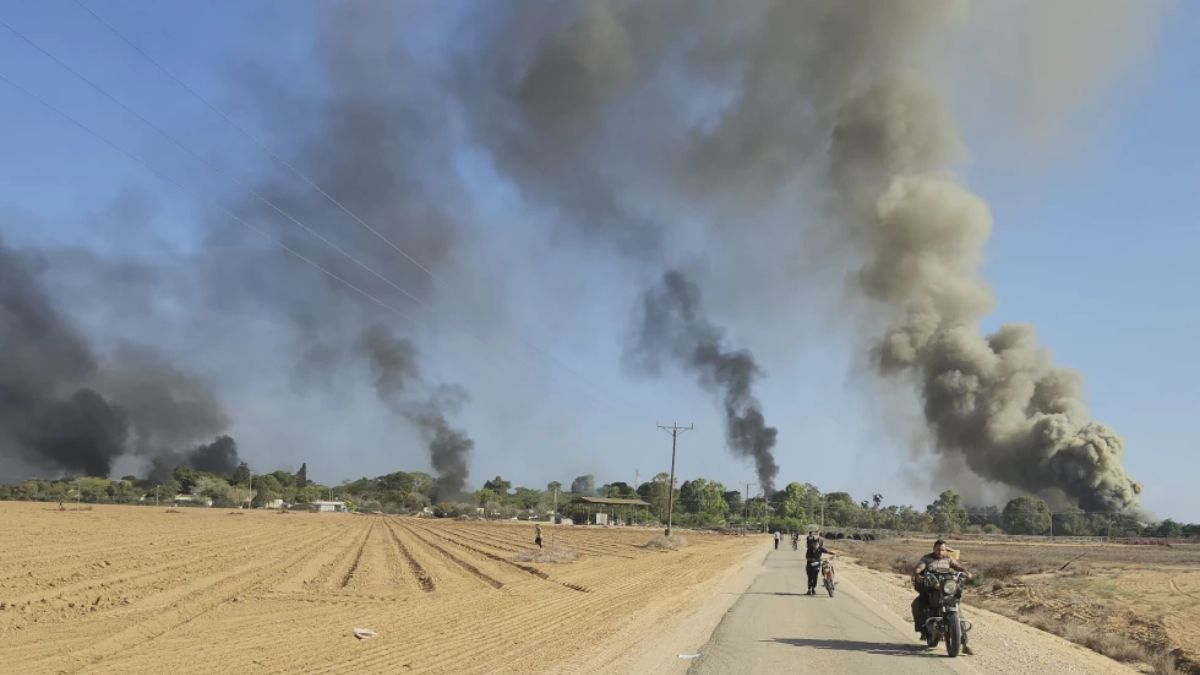)



